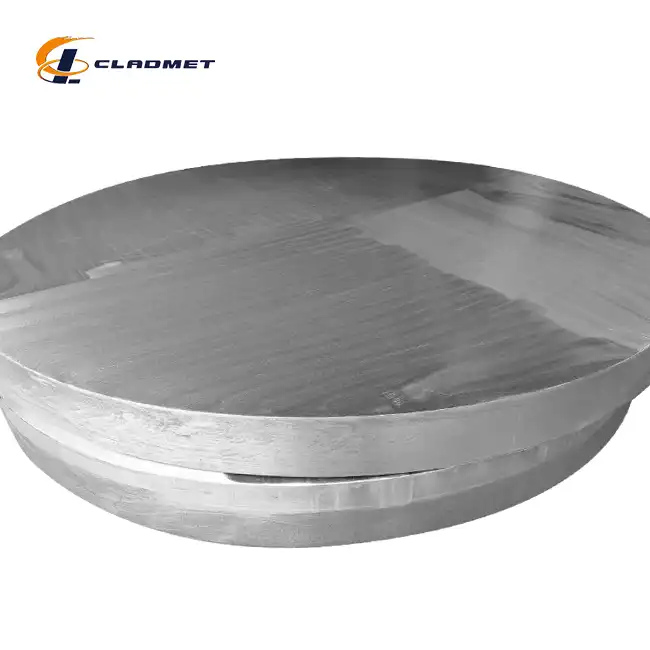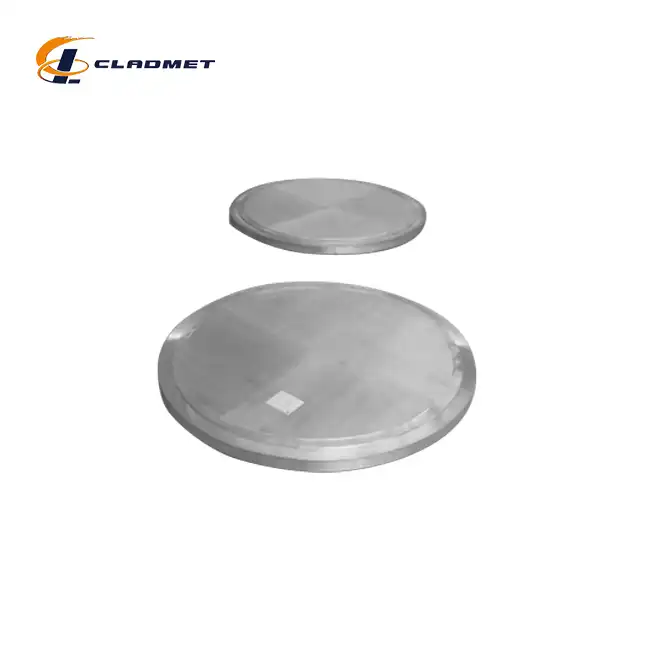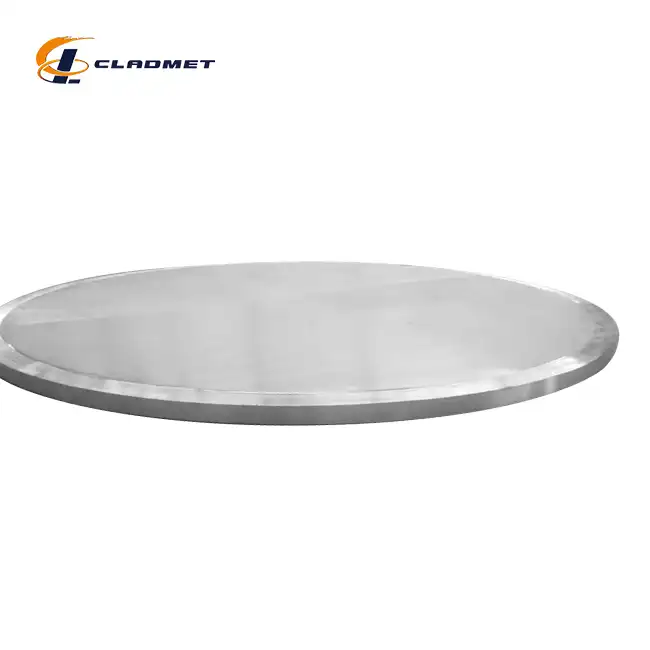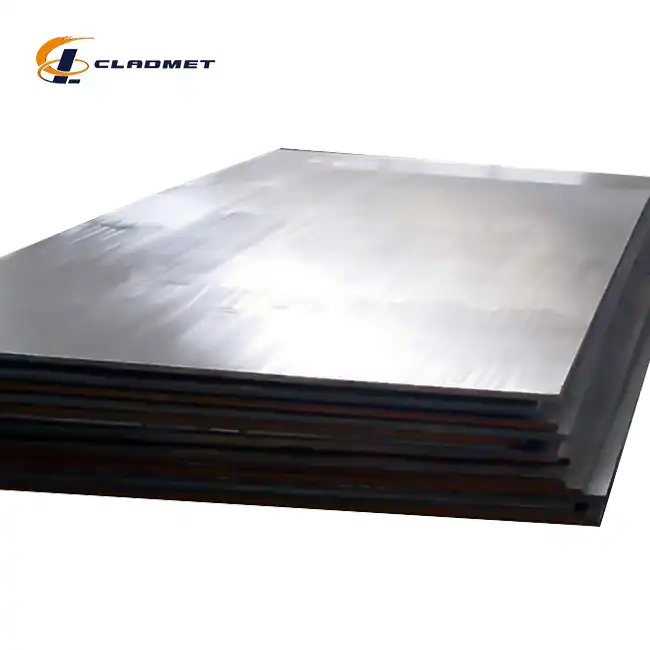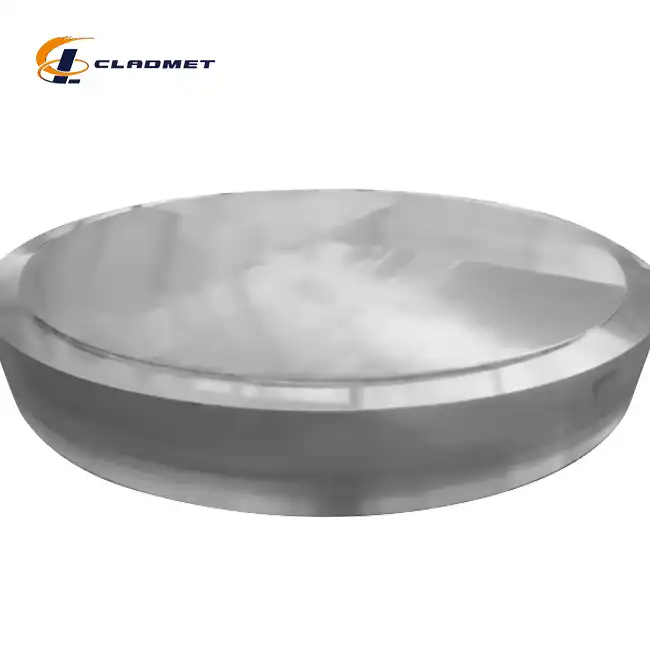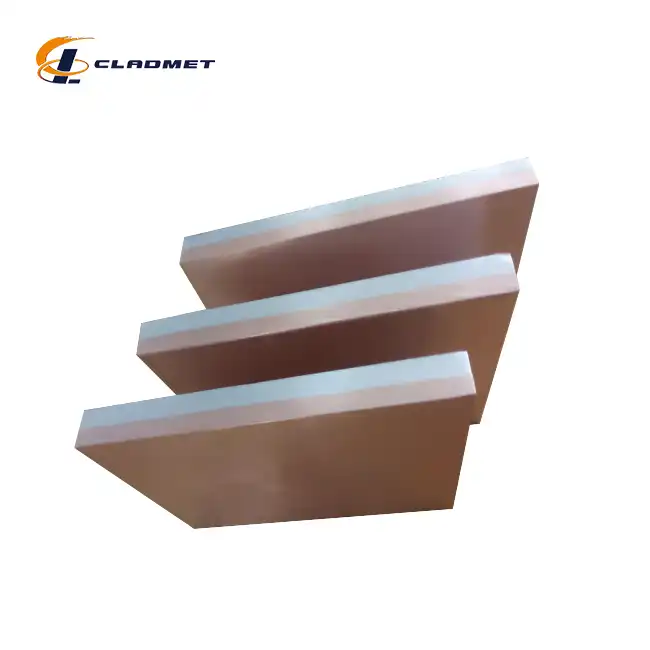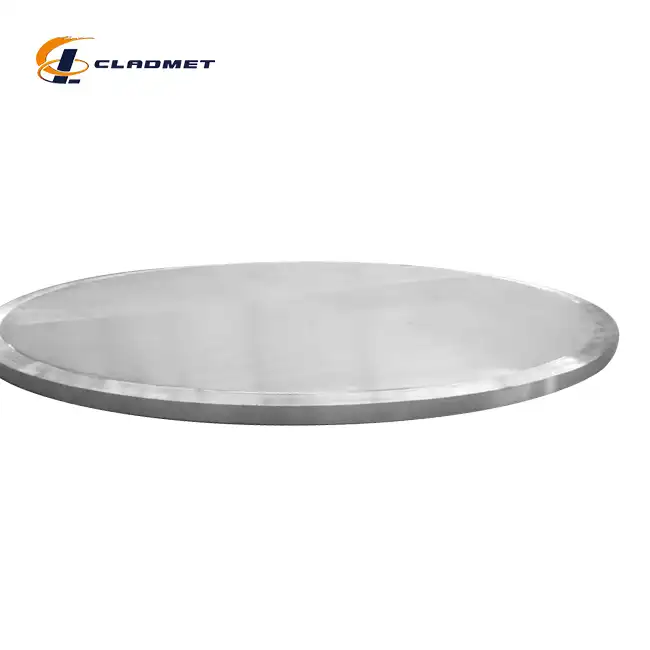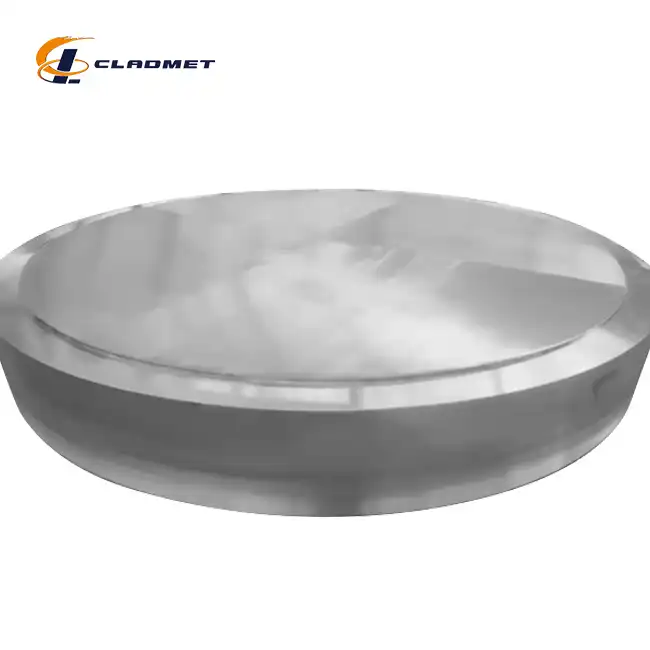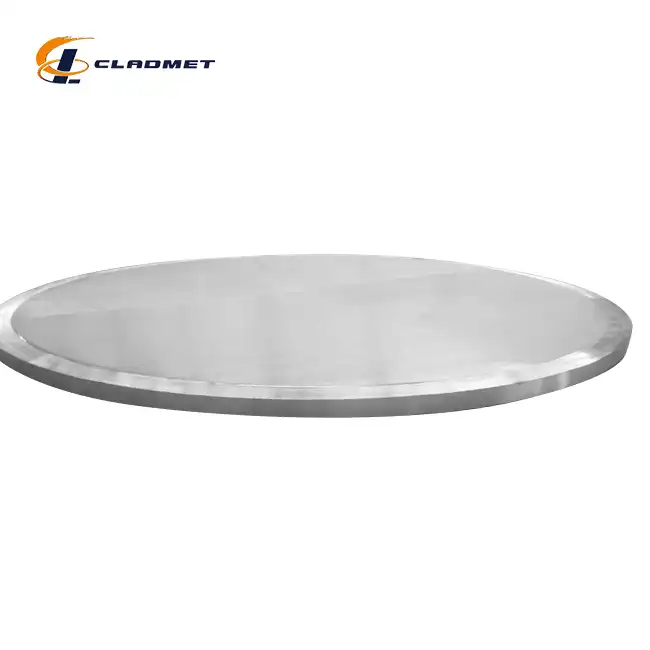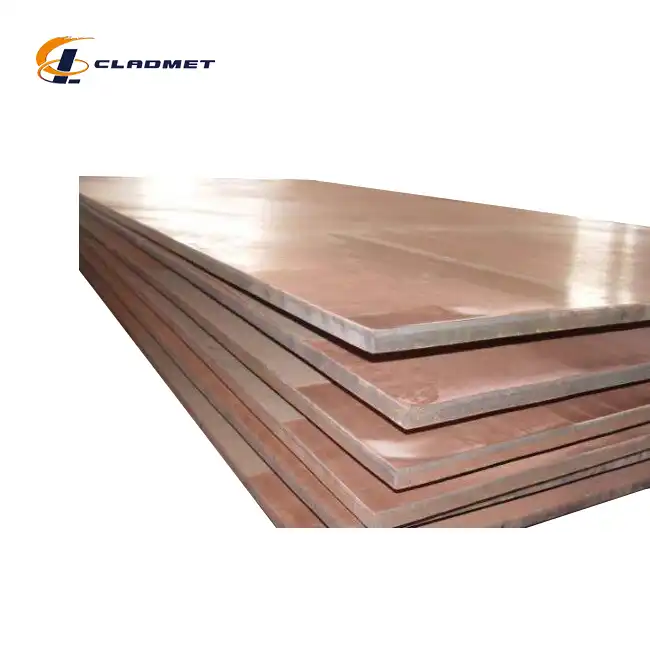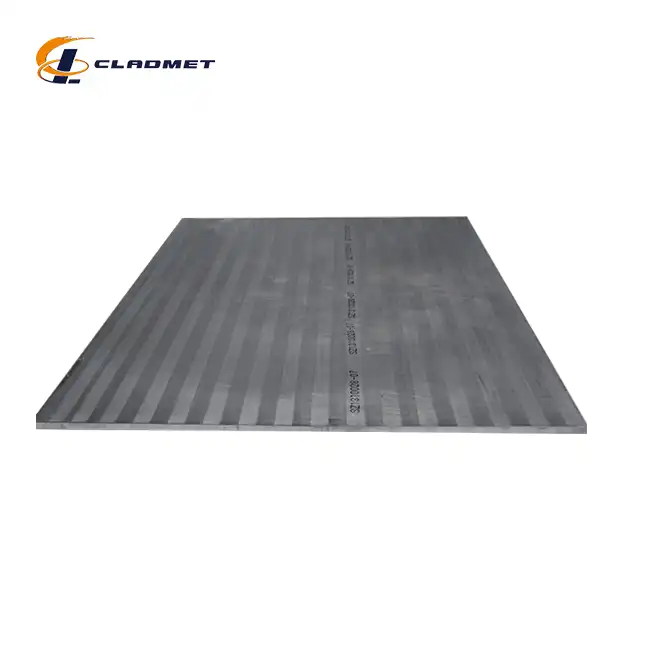Available Sizes:Standard and custom sizes available upon request
Product Applications:Used in electroplating, chemical, and marine industries
Processing Technology:Explosive bonding and hot-rolled processing techniques
Quality Control and Testing: Strict testing ensures adherence to ISO9001-2000, PED, ABS standards
Product Implementation Standards:ASME, ASTM, JIS certified
Delivery:Available via sea, air, and express shipping
Packaging:Secure wooden crates for international transport
Product Introduction
The stainless steel clad plate from Baoji JL Clad Metals Materials Co., Ltd. combines the superior corrosion resistance of stainless steel with the strength of a carbon steel base, offering a high-performance solution for a wide range of industrial applications. Our plates are manufactured using advanced bonding technologies, including explosion bonding and roll bonding, ensuring exceptional durability and a long lifespan. These plates are widely utilized in the chemical, oil and gas, marine, and construction industries, where strength, corrosion resistance, and cost-effectiveness are essential.
Product Specifications
| Specification | Details |
|---|---|
| Cladding Material Range | Stainless Steel (304, 316, 321) |
| Base Metal Range | Carbon Steel (Q235, Q345) |
| Cladding Technology | Explosion Bonding, Roll Bonding |
| Thickness | 3mm to 50mm |
| Length | 2000mm to 12000mm |
| Width | 1000mm to 3000mm |
| Surface Treatment | Polished, Brushed, Matte |
| Product Standards | GB/GBT, ASME/ASTM, JIS |
| Delivery Cycle | 3-6 months (negotiable) |
| Packaging Method | Wooden crates or according to customer requirements |
| Transportation | Sea, Air, Land Transport |
 |
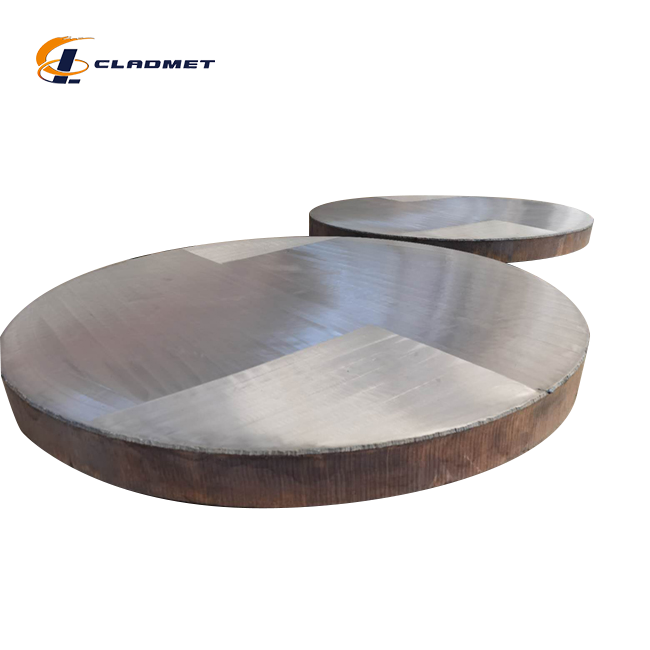 |
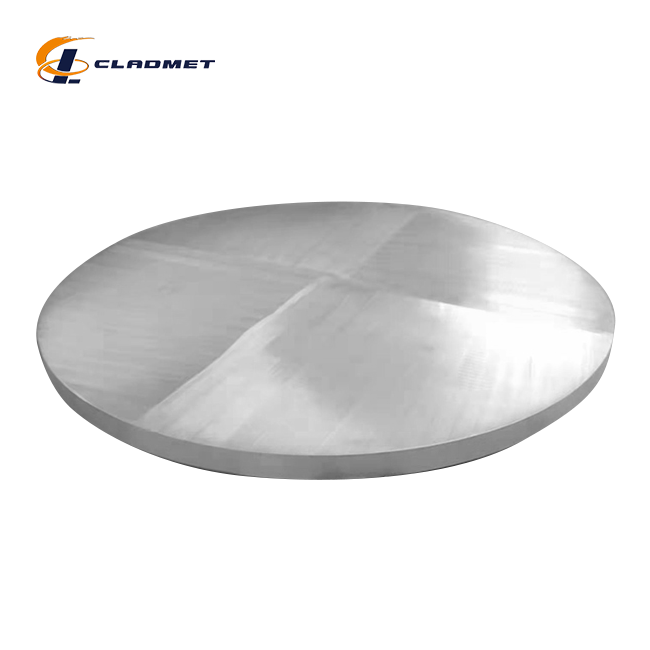 |
 |
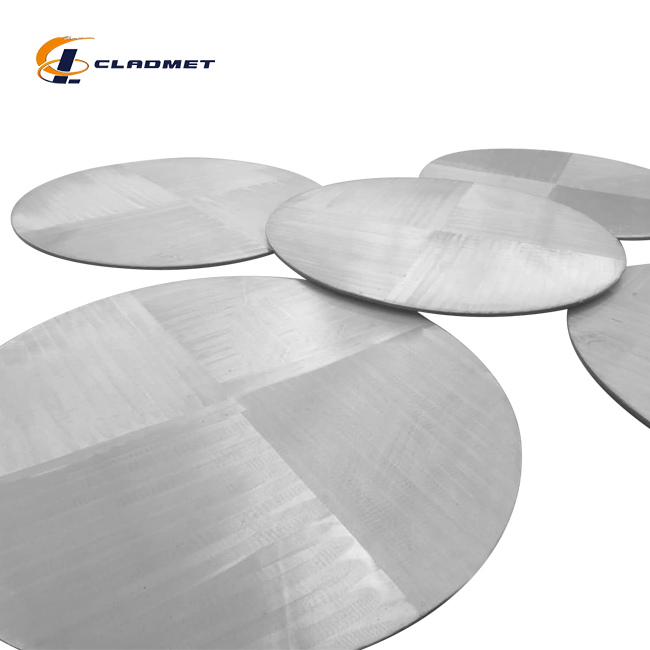 |
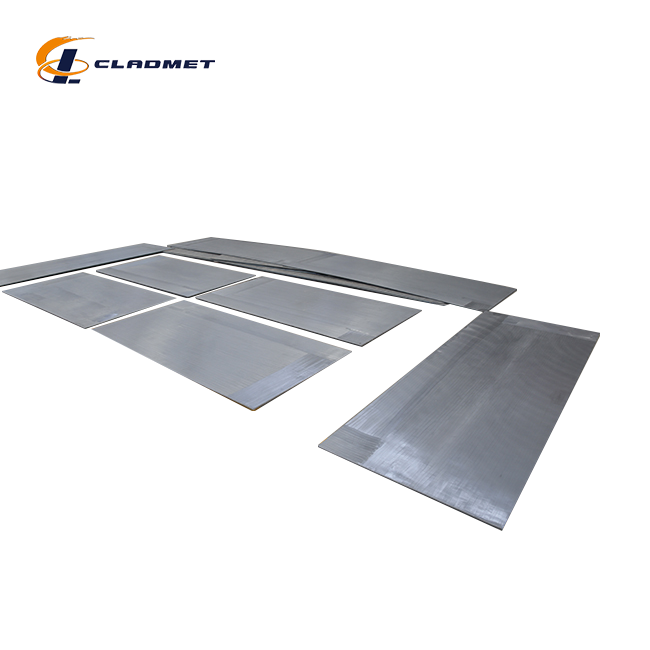 |
 |
 |
Manufacturing Techniques
Stainless clad steel plates are made by combining high-performance stainless steel with a base steel material, creating a material that takes advantage of the unique properties of both metals. The methods used to bond these layers are crucial to ensuring durability, strength, and performance across various industrial applications. The most commonly used methods include:
Explosion Bonding
This method utilizes controlled explosions to fuse the stainless steel and base material together. The high-energy shock wave from the explosion causes the two materials to collide at high speeds, forming a metallurgical bond.
Preparation: Both the stainless steel and the base material are thoroughly cleaned and prepped for the bonding process.
Explosion Setup: Explosive charges are carefully placed between the two materials to initiate the process.
Bond Formation: The explosion causes a rapid collision between the materials, resulting in a strong bond.
Explosion bonding is highly beneficial for applications requiring a high bond strength, especially in industries like energy production and chemical processing.
Roll Bonding
In this method, the materials are fed through rollers under high pressure, creating a bond between the stainless steel cladding and the base metal. The rolling process is effective for producing large sheets or plates with a uniform bond.
Surface Cleaning: Both surfaces are cleaned and prepared to ensure a secure connection.
Pressing: The materials are passed through rollers under controlled pressure, which forces the stainless steel layer to bond with the base metal.
Multiple Passes: The process may require multiple passes through the rollers to achieve a uniform bond, depending on the material thickness.
Roll bonding is commonly used to produce stainless clad plates for equipment exposed to high temperatures and corrosive environments, such as heat exchangers and storage tanks.
Hot Isostatic Pressing (HIP)
This advanced method involves enclosing the stainless steel and base material in a sealed chamber and applying high temperature and pressure, leading to a diffusion bond between the two metals.
Assembly: The materials are placed in a sealed chamber designed for high-pressure environments.
Heating and Pressurizing: The chamber is subjected to high temperature and pressure, allowing the metals to bond through atomic diffusion.
Solid Bonding: This process results in a bond that is both strong and highly resistant to mechanical stress.
HIP is often used when the application demands exceptional material integrity and strength, such as in aerospace and high-performance industrial components.
Key Features and Benefits
Corrosion Resistance: The stainless steel cladding provides excellent protection against corrosion, making the plates ideal for use in harsh chemical and marine environments.
Enhanced Strength: The base metal provides structural strength, while the stainless steel cladding adds resistance to environmental damage, improving the longevity of equipment.
Temperature and Pressure Resistance: Stainless clad steel plates are capable of withstanding extreme temperatures and high pressures, making them suitable for use in heat exchangers, pressure vessels, and power plants.
Cost Efficiency: By combining stainless steel with a more cost-effective base material, these plates offer an economical solution with improved performance over traditional stainless steel alone.
Durability: Stainless steel’s resistance to wear and corrosion extends the service life of the plates, minimizing the need for frequent replacements and repairs.
Flexibility in Design: These plates can be customized in terms of thickness, surface finish, and specific bonding techniques to meet the needs of diverse industries.
Sustainability: Using stainless steel in critical components reduces the overall environmental impact by providing longer-lasting materials that require fewer replacements.
Explosive Composite Panel Production Site
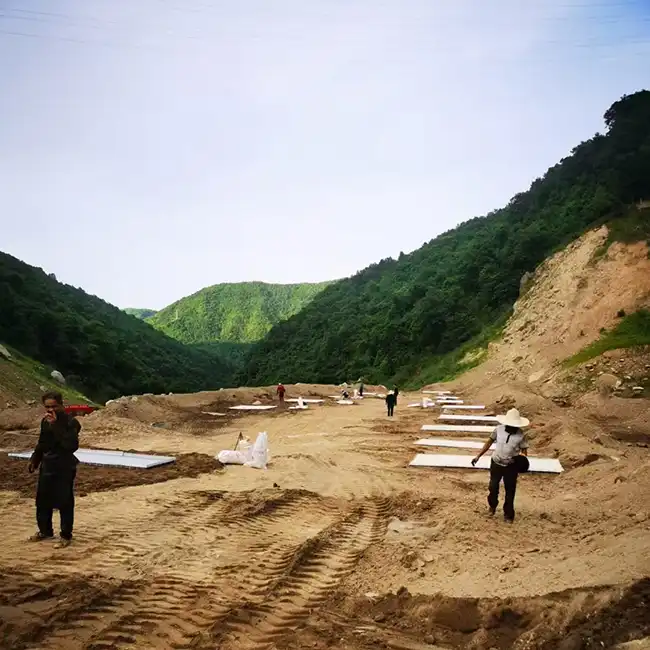

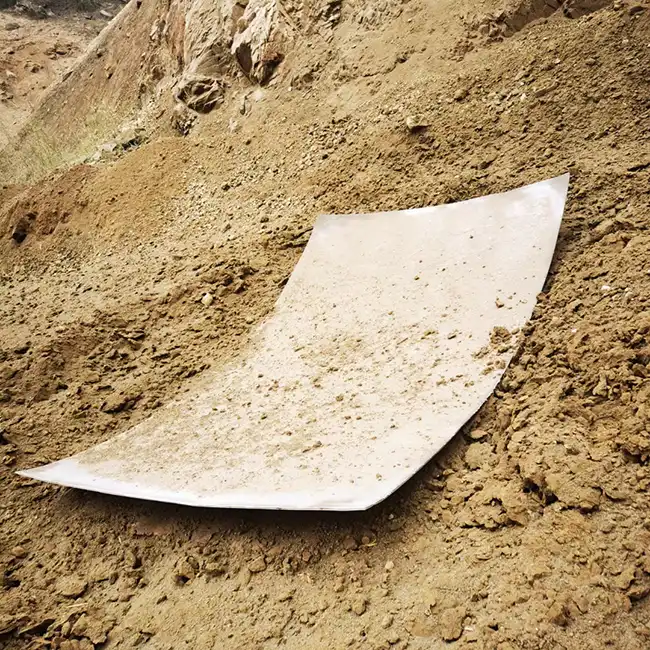
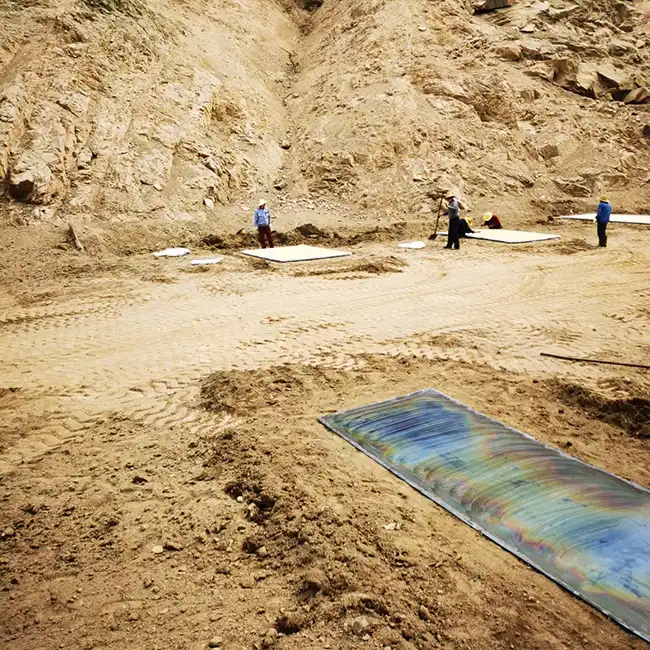
Explosion Welding Process
 |
 |
Our Factory

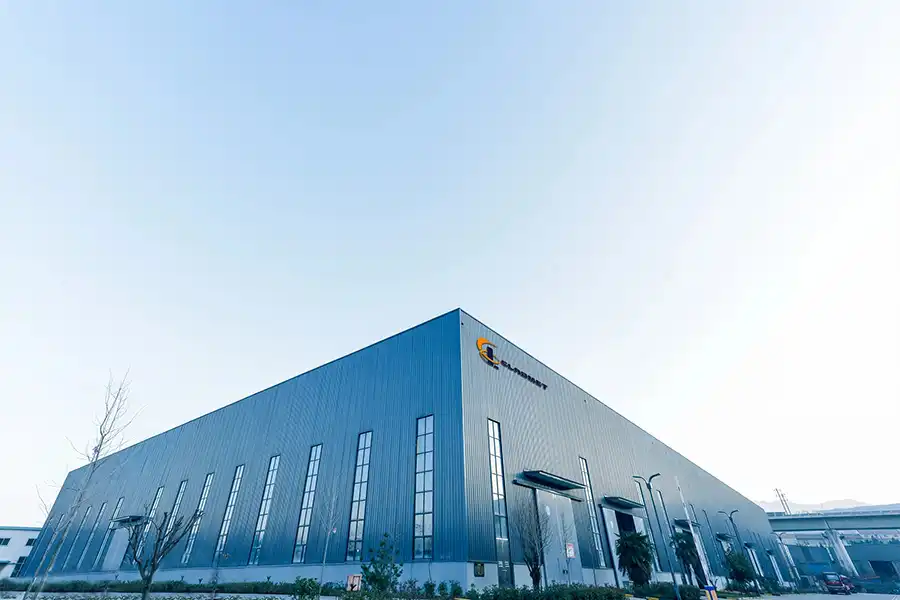
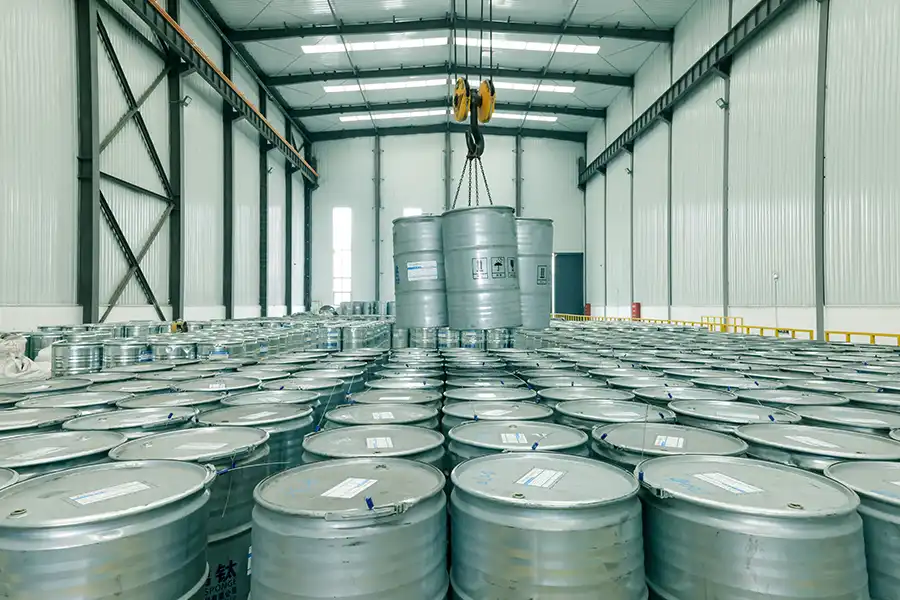

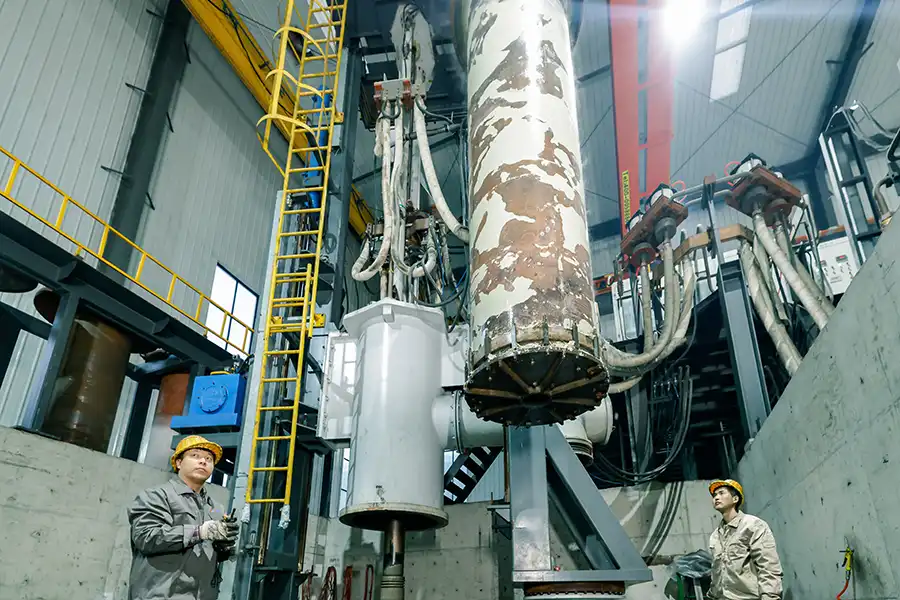



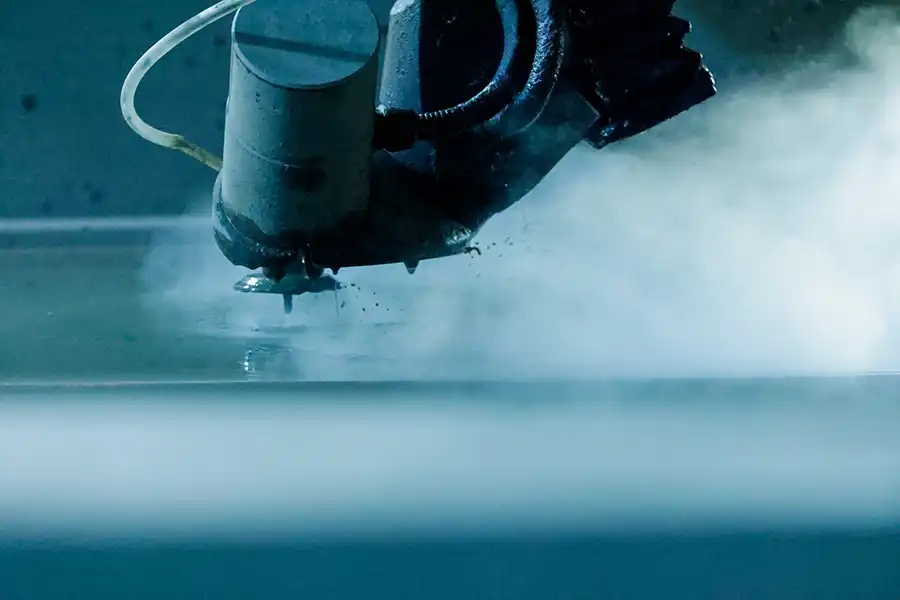
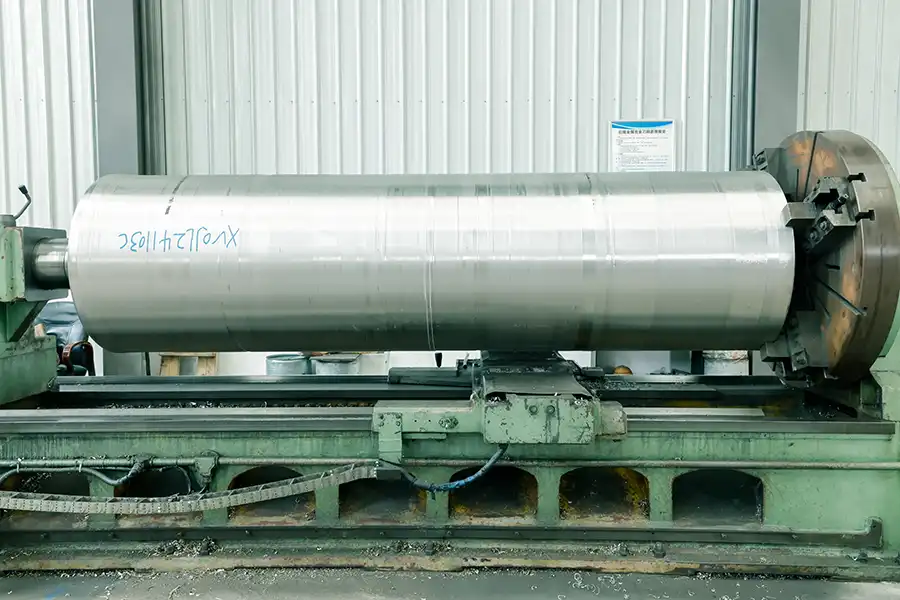
Production Site



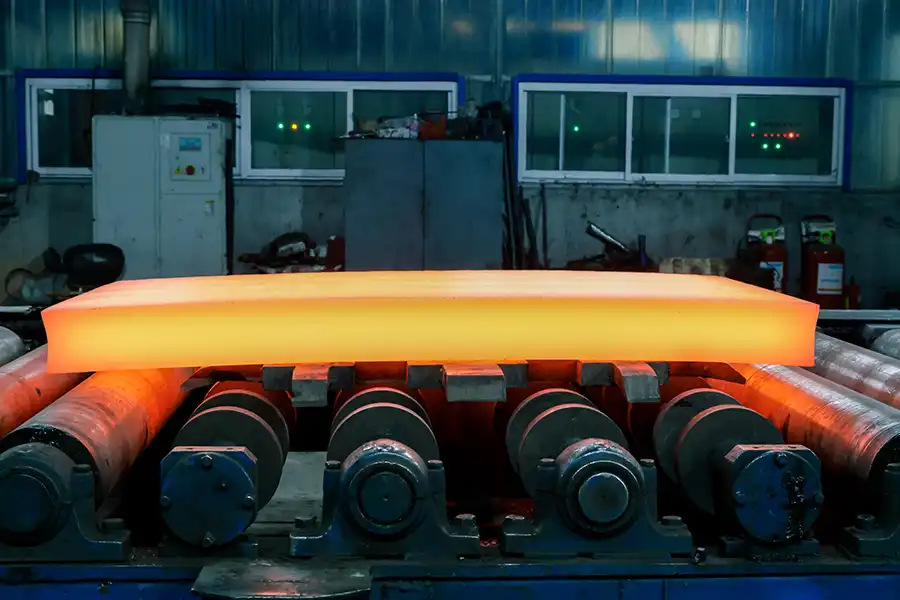 Hot Rolling
Hot Rolling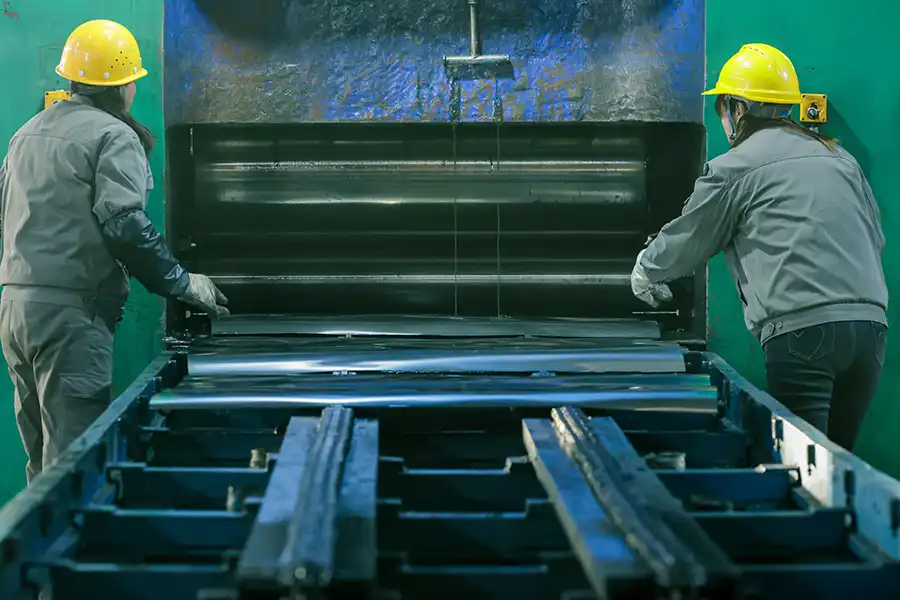

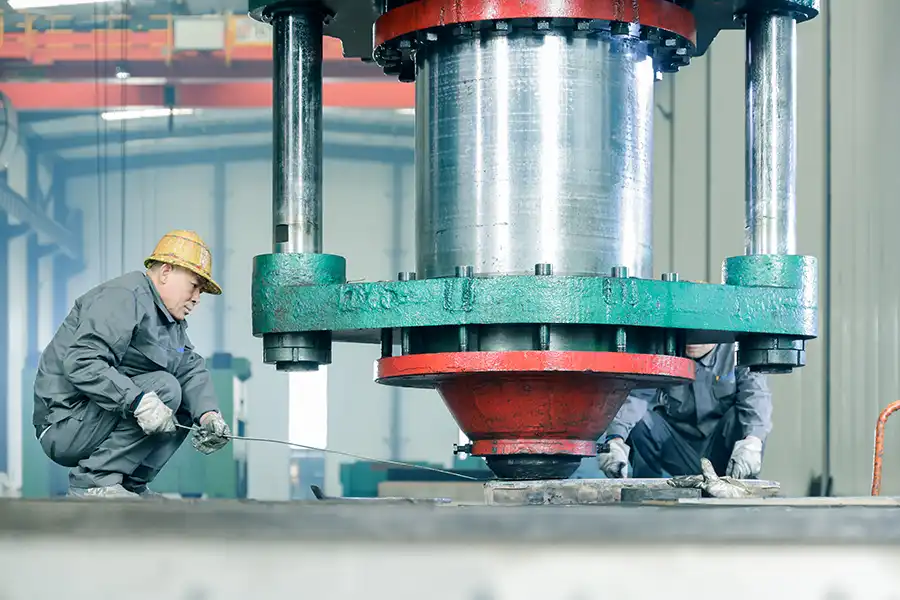
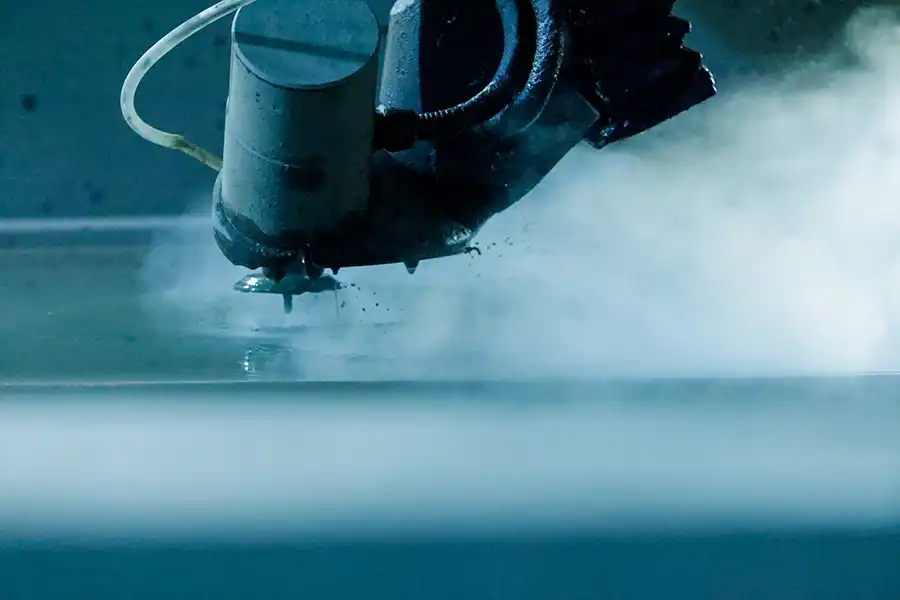
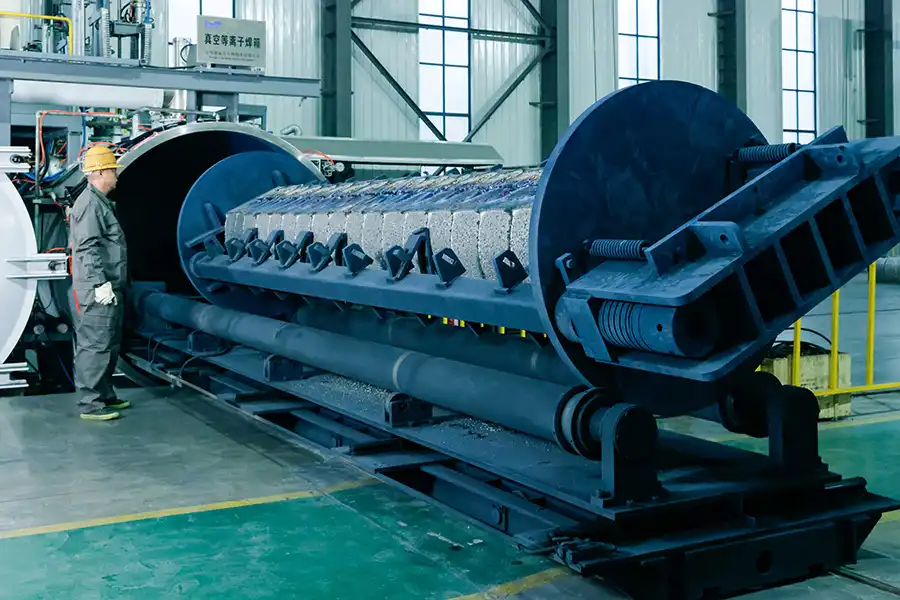
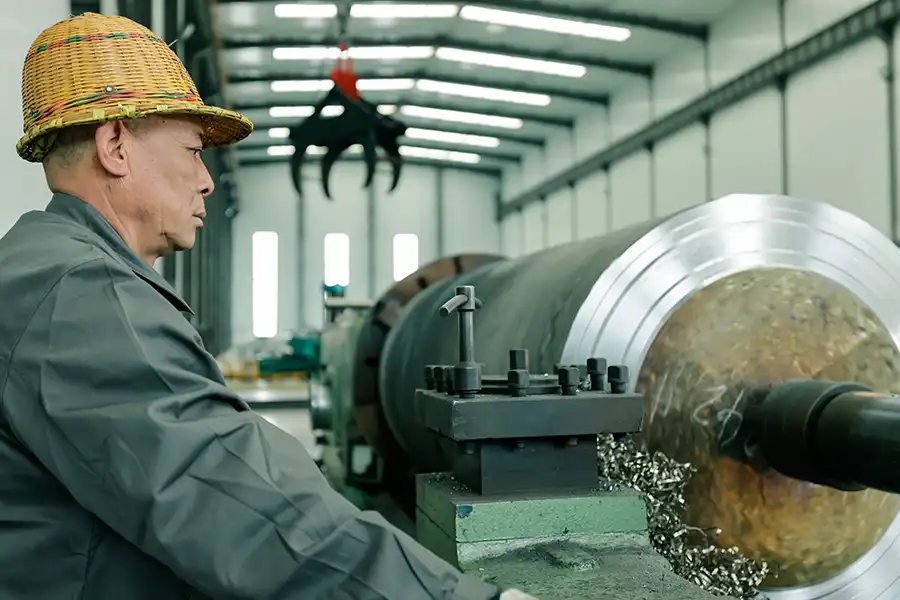
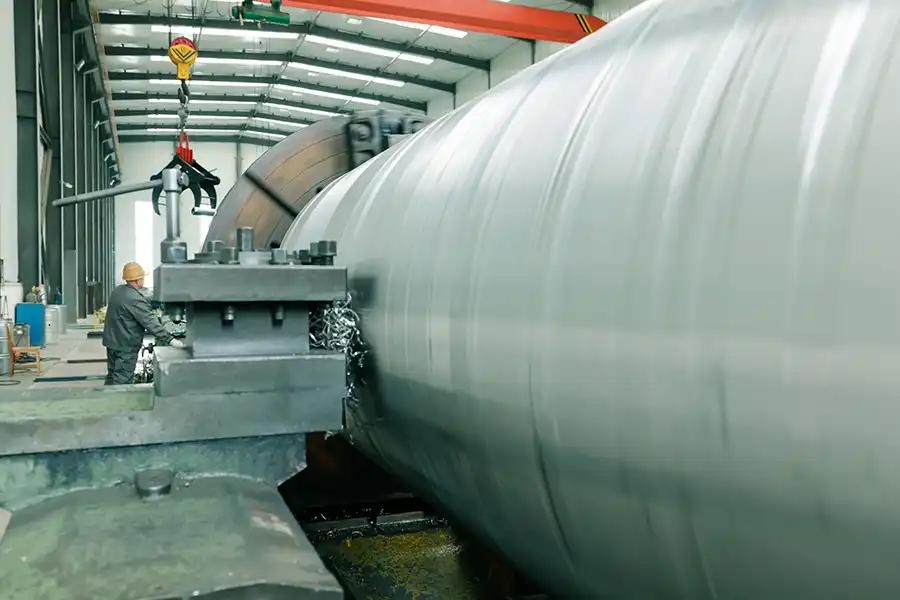
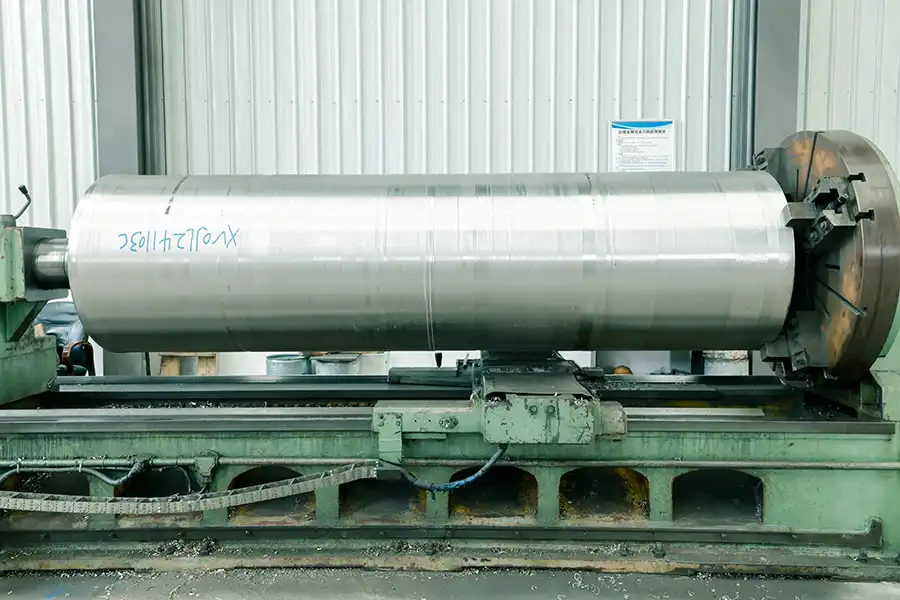
Main Products
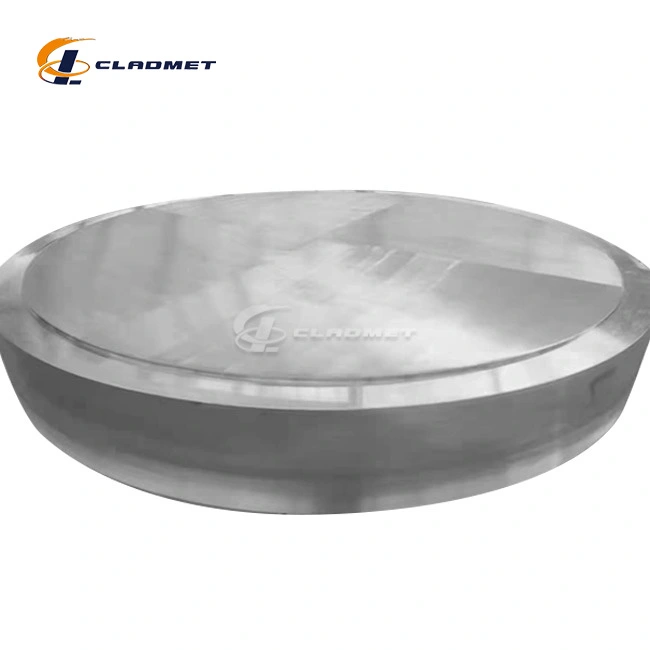
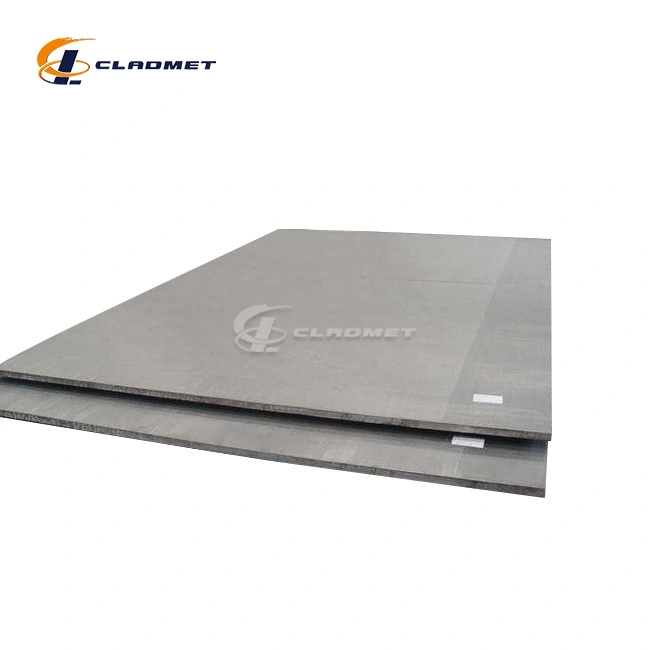
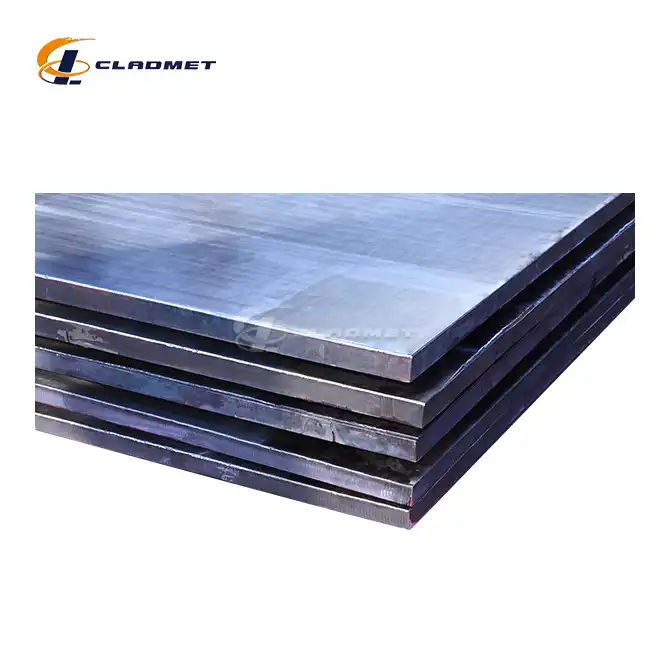
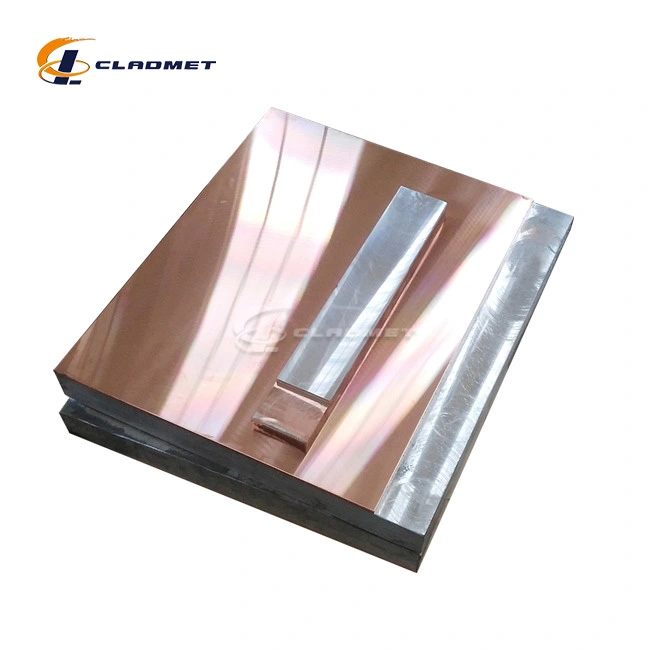

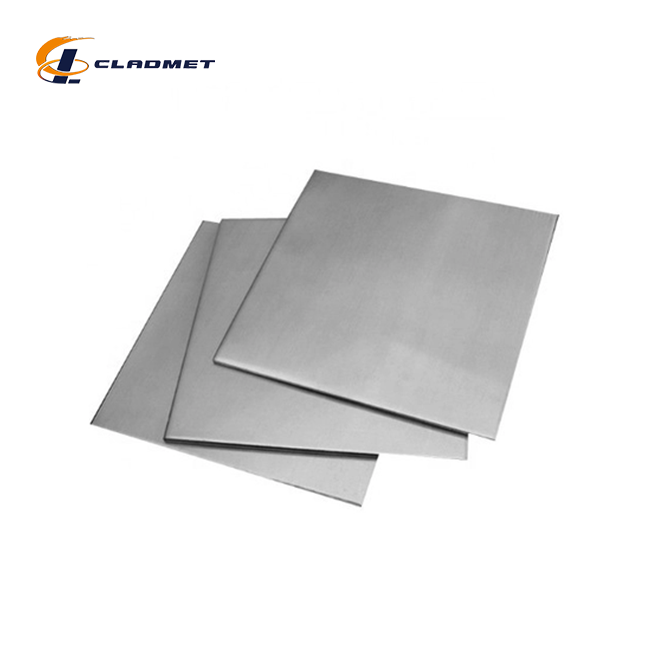
Main Application Industries
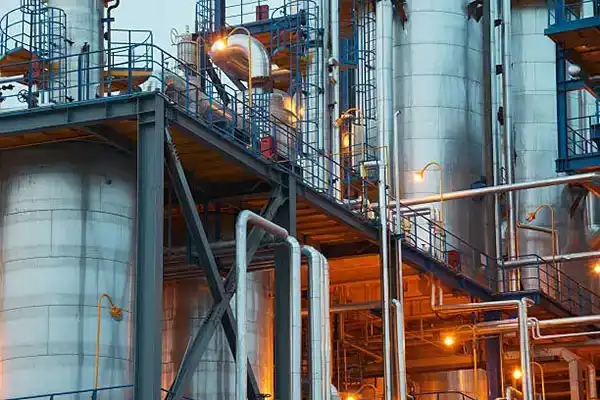
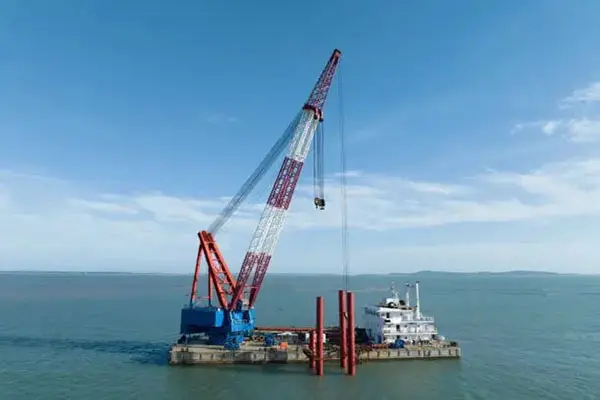


OEM Service
We offer tailored OEM services to meet specific customer requirements, from customized dimensions to surface treatments. Whether you need a specific thickness, width, or length, our expert team is ready to provide solutions that fit your project needs.
FAQ
-
What is the minimum order quantity for the plates? The minimum order quantity depends on the specific product and customer requirements. Please contact us for more details.
-
Can I customize the dimensions of the plates? Yes, we offer customized solutions, including thickness, length, and width, based on your industrial needs.
-
What is the delivery time for the product? Our standard delivery cycle is 3-6 months, but it can be negotiated depending on the project requirements.
-
How are the products packaged? Our stainless steel clad plates are packaged in wooden crates or according to customer specifications to ensure safe transport.
-
What payment methods do you accept? We accept bank transfers and credit card payments. Other payment methods can be discussed based on customer preferences.
Contact Us
For more information or to place an order, feel free to contact us at:
- Tel: +86-917-3372918
- WhatsApp: +8613530170059
- Email: sales@cladmet.com
- Address: FENGHUANG 4 ROAD, HIGH-TECH DISTRICT, BAOJI CITY, SHAANXI, CHINA 721013

_1737007724117.webp)



